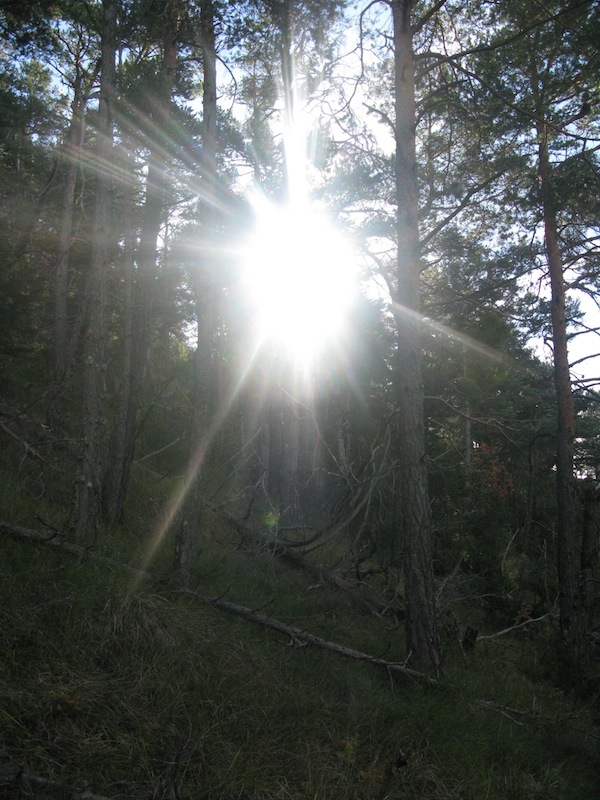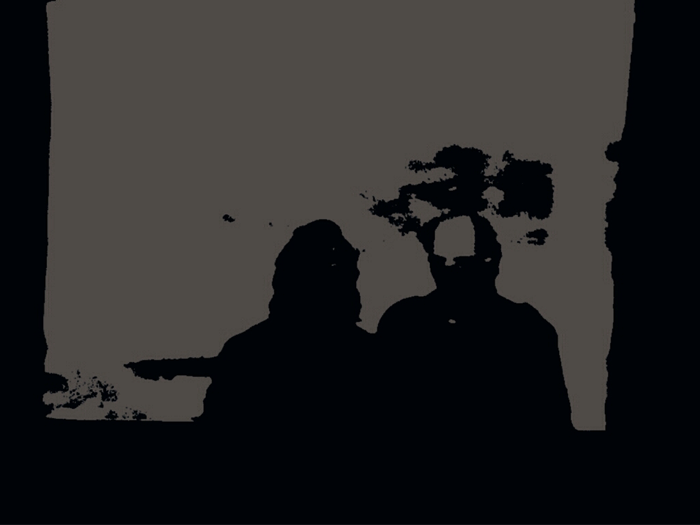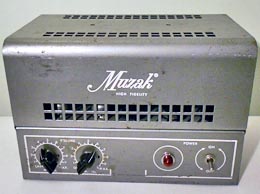
This show is a 28 minutes mix of RADIO a poetry live on air event, conceived and produced by Anne-James Chaton
RADIO has been a 24-hour celebration of contemporary poetry broadcasted live from the Fondation Luis Vuitton in Paris on Dec. 11th and 12th, 2015.
The live programme explored all aspects of contemporary poetry in the form of debates, readings, concerts, performances, interviews, narrative films and documentaries. With contributions from poets and performers from all over the world, RADIO was not limited by borders.
The mix produced for the Radia Show includes (in order of appearance):
_Antoine Boute – Modern Poetry magazine – Horoscopes
In his books, readings and events, Belgian artist Antoine Boute seeks out crossovers between written, sound and visual poetry, philosophy, performance and experimental music.
_Brigitte Fontaine – Interview
Brigitte Fontaine, born in 1939 in Morlaix in the Brittany region of France, is a singer of avant-garde music.[1][2] During the course of her career she has employed numerous unusual musical styles such melding rock and roll, folk, jazz, electronica, spoken word poetry and world rhythms. She is also a novelist, writer, actress, playwright, and poet.
_Rudy Ricciotti – Studio guest on Modern Poetry magazine
Rudy Ricciotti, an architect and engineer who has won the Grand Prix National d’Architecture (2006), the Gold Medal from the Académie d’Architecture, and is a member of the Académie des technologies, combines creative flair with an appetite for construction.
_Xavier Veilhan – Studio guest on Modern Poetry magazine
In a broad-ranging body of work that dates back to the mid-1980s, Xavier Veilhan crafts contemporary interpretations of the motifs of modernity and classical statuary. His Architectones series of exhibitions (2012-2014) illustrated the ongoing dialogue between art and architecture in seven modernist buildings around the world.
_Gérard Pesson – Modern Poetry magazine – Gardening
One of the most talented and popular composers of his generation, Gérard Pesson creates playful and dreamy that flits tastefully between genres. His work is characterised by a pared-down sound and his incessant probing of the musical tradition. A gifted writer, he has also published a journal, Cran d’arrêt du beau temps.
_Anna Holveck
Student of Ecole des Beaux-Arts de Lyon invited for School on the Air
_Jaap Blonk – The Big Live Show
Jaap Blonk is a Dutch self-taught composer, performer and poet. From his roots as an unforgettable vocal performer, he began experimenting with synthesisers and sampling his own voice around the turn of the millennium. Since 2006 he has been tweaking algorithms to compose music, poetry and multimedia shows.
_Tarwater – The Big Live Show
Berlin-based electronica group Tarwater was founded in the 1990s by Bernd Jestram and Ronald Lippok, two figureheads of the alternative scene in the East Berlin’s legendary Prenzlauer Berg neighbourhood.
_Vladislav Delay – The Big Live Show
Vladislav Delay, born Sasu Ripatti, is an internationally-acclaimed electronica artist, jazz drummer, composer of minimal and ambient techno, and maestro of glitch music. His stage names – depending on the genre – include Luomo, Uusitalo, Vladislav Delay, Sistol and Conoco.
_Charles Pennequin – Poetry in the Home
Widely published French poet Charles Pennequin also dabbles in drawings, videos and performance readings. In 2007 he co-founded L’Armée noire, a multi-faceted collective of artists which organises performances, readings and publications.
_Pierre Hermé – On the Tip of the Tongue
The fourth generation in an Alsace family of bakers and pastry chefs, Pierre Hermé began his career at the age of 14 under Gaston Lenôtre. Feted in the US, France and Japan, the man who Vogue has dubbed the “Picasso of Pastry” has brought a taste of originality to pâtisserie. Unafraid to challenge pastry-making conventions, he strips his creations of unnecessary embellishment and seasons with sugar to explore new dimensions of flavour.
_Movies extracts of Si j’avais quatre dromadaires (If I Had Four Dromedaries) by Chris Marker, Le Mythe dans le ville (Myth in the city) by Jacques Villeglé
_Mathieu Amalric – Poetry on Screen – Audio description of a narrative film of Guy Gilles Le clair de terre (Earth Light)
_Jacques Villeglé – The Big Interview
Painter, mixed-media and graphic artist Jacques Villeglé is known for his ripped posters and ‘socio-political alphabet’. He and letterist poet François Dufrêne are thought to have coined the term “poésie sonore” (sound poetry) in a text on Henri Chopin which they co-authored in 1958. Jacques Villeglé was one of the signatories of the Nouveau Réalisme manifesto in 1960.
RADIO production team: Thomas Baumgartner, Laurence Bossé, Anne-James Chaton, Jean-Michel Espitallier, Bastien Gallet, Françoise Lebeau, Emmanuelle de Montgazon, David Sanson, Claire Staebler.
Presenters: Thomas Baumgartner, Anne-James Chaton, Hubert Colas, Thomas Corlin, Jean-Michel Espitallier, Bastien Gallet, Philippe Langlois, Françoise Lebeau, David Sanson, Emmanuel Rabu and Nathalie Viot
With the participation of Radio On, the radio station of the Ecole Supérieure des Beaux-Arts du Mans (ESBA TALM)
Station controller: Mathilde Faist
Reporters: Wendie Autrique, Thomas Becka, Solal Boutoux, Jeanne Minier
Station branding/sound design: Arnaud Ouin, Benoît Villemont, Thomas Rotureau
Teaching supervisor: Diane Debuisser
Coordinator: Philippe Langlois
This weekly Radia Show introduces a brand new collaboration between Radio Papesse and the Fondation Luis Vuitton in Paris…more sound poetry to come!




